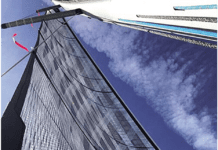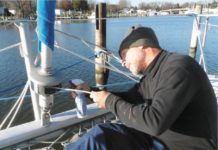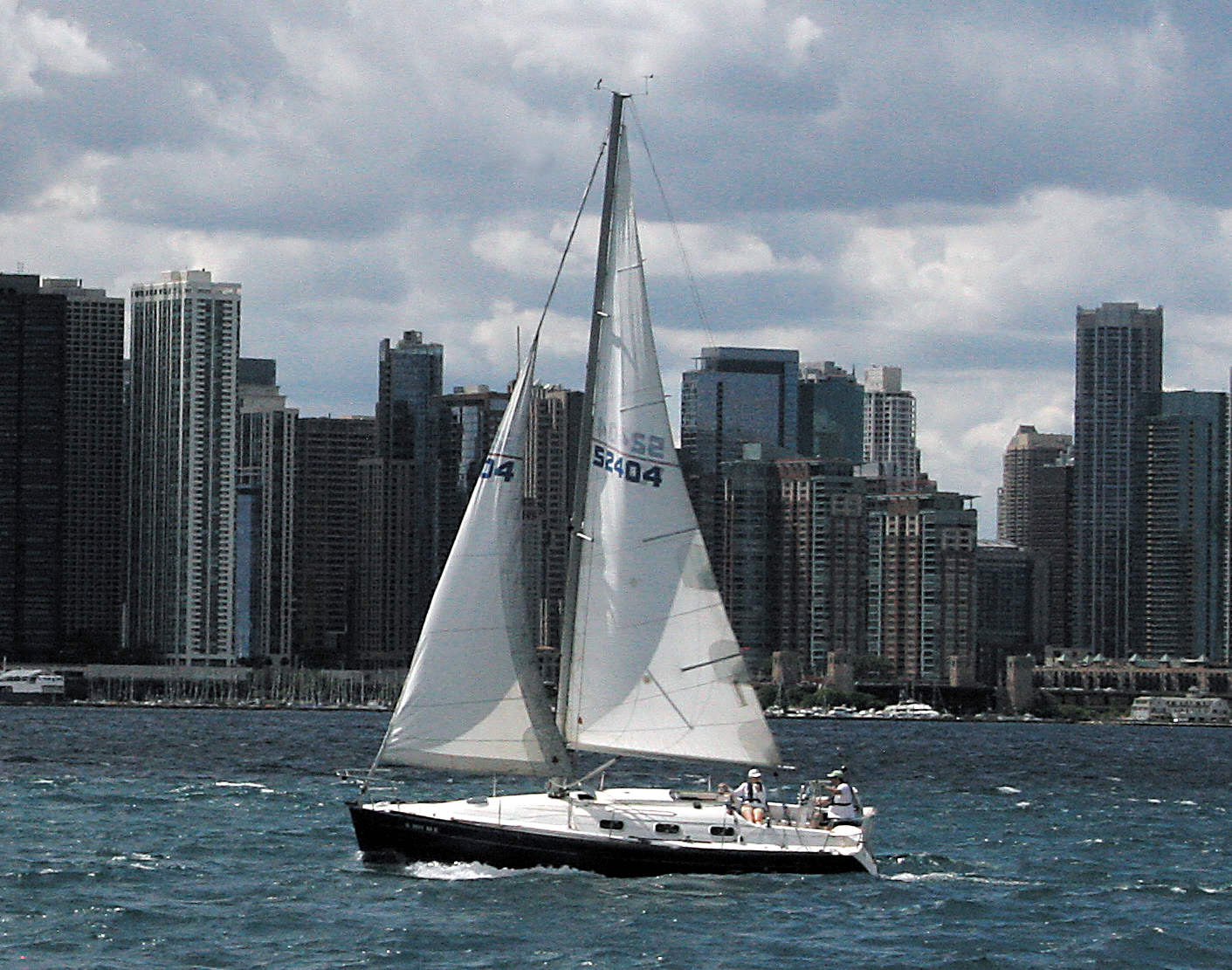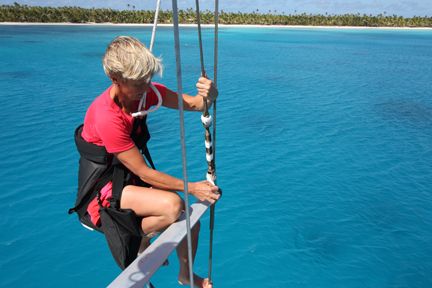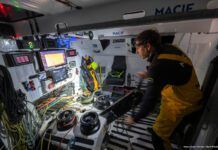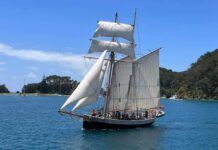Schaefer SnapFurl: Gear Graveyard
Sailors looking to add or replace a headsail furling system on a daysailer or small cruising boat in the 16-foot to 28-foot range will...
Transom Design Through the Ages
If you pay even the slightest attention to the shape of the sailboats on the water, in marinas, or at boat shows, you are...
Advice on Buying a Pre-Owned Anchor
Since defects are usually obvious, anchors is one category of gear in which “what you see is what you get.” Certainly, there are counterfeits and home-welded one-offs that you’ll want to avoid, but the fakes and do-it-yourself anchors are usually easy to distinguish.
Before you buy a used anchor, you should have a very clear picture of the size, type, and brand of anchor will best suit your needs. Depending on the specific anchor you seek, you can save 30 to 50-percent on cost by purchasing a pre-owned anchor instead of a new one.
Where Credit Is Due: Citimarine Air Conditioner Customer Service
I first became aware of Citimarine when the old 16,000 BTU Dometic air conditioner on my 1998 Catalina 380 failed during the pandemic. Air...
Vendée Globe Technology for the Everest of the Seas
On 14 January, Charlie Dalin crossed the finish line of the Vendée Globe 2024-25 race on MACIF Santé Prévoyance, with a record-setting time of...
Bilge Pump Installation and Maintenance Tips
The best bilge pump in the world wont keep your boat dry if its not properly installed and maintained. While bilge pump installations are fairly straightforward-and definitely within the scope of DIY projects-there are several factors to consider (capacity, wire size, hose diameter, fuse size) before you begin, and there are some good rules of thumb to follow.
Full-Time Ocean Trash Cleanup in the Arctic Circle
On the small island of Bolga in northern Norway, 17 nm north of the Arctic Circle, a 40-ft. catamaran lies at a quay. It...
Boats That Fly? How High Tech Rocked the America’s Cup
The America’s Cup is an ornate bottomless, sterling silver ewer crafted in 1848 by Garrard's of London—who still repair it when needed. It’s an impressive...
R. Tucker Thompson Tall Ship Youth Voyage
“Ready of the fore!” a crew member called back.
“Hall away the fore!” Captain Peter yelled in reply.
We hoisted up the foresail, on board the...
On Watch: This 60-Year-Old Hinckley Pilot 35 is Also a Working Girl
Nestled among the super yachts berthed ostentatiously along Manhattan's North Cove—a well-to-do enclave near New York's world trade center—the 1964 Hinckley Pilot 35 Tara...













